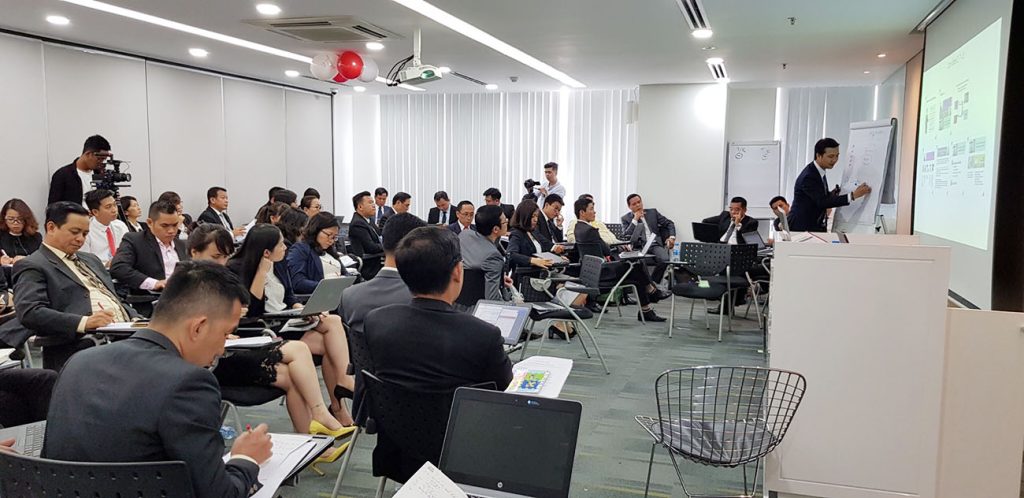TRAINING TRAINERS
INTRODUCTION
COURSE OUTLINE
INTRODUCTION
OVERVIEW:
While it may seem simple, conducting a training session requires specific skills and knowledge of how people learn. Instructors who have taken the time to consider their own methods, insights, and skills will be better equipped to deliver comprehensive, active, and effective training.

This course provides a foundation for instructors to begin developing and perfecting their training and support skills using a variety of methods to deliver the best learning experience and improve engagement. acquisition and retention by learners. Over time, instructors will develop further practical skills with this course.
DELIVERY METHODS:
- Self-discovery and critique
- Group exploration and facilitator led discussions
- Practical exercises
- Best practice theory exploration
COURSE OBJECTIVES:
By the end of this training course participants will be able to:
- Grasp the foundational awareness of employee training and coaching activities in today’s corporate environment.
- Understand principles and processes, tools and methods to effectively implement training programs, leadership skills and coach staff.
TARGET AUDIENCE:
- Those who want to become training experts in their area of expertise.
- Anyone interested in learning more about learning and training for adults.
DURATION:
- 02 days (6 hours per day)
COURSE OUTLINE
Module 1: To become a trainer
- Attitude, skills and knowledge of a professional trainer
- Roles and responsibilities of a trainer
- 07 traits of a excellent trainer
Module 2: Principles of adults’ learning
- How do adults learn?
- Diverse learning methods
- Apply NLP techniques to identify learner styles
- Choose ways to motivate and inspire learners
- Engaging students with different learning styles
- What need to know about adult learners
Module 3: Lesson design method
- Determine if the problem is related to training
- In-house training or outsourcing?
- What is the purpose of training?
- Training methods
Module 4: Become a professional presenter
- Impressive introduction
- The importance of introductions and summaries
- Dynamic learning coordination method
- The usage of body language and voice
Module 5: Coping with difficult situations
- Overcoming stress
- Controlling learners’ concentration
- Dealing with “tough” students
- Engaging learners of different ages
